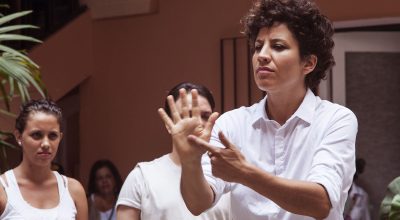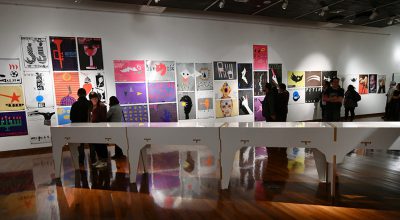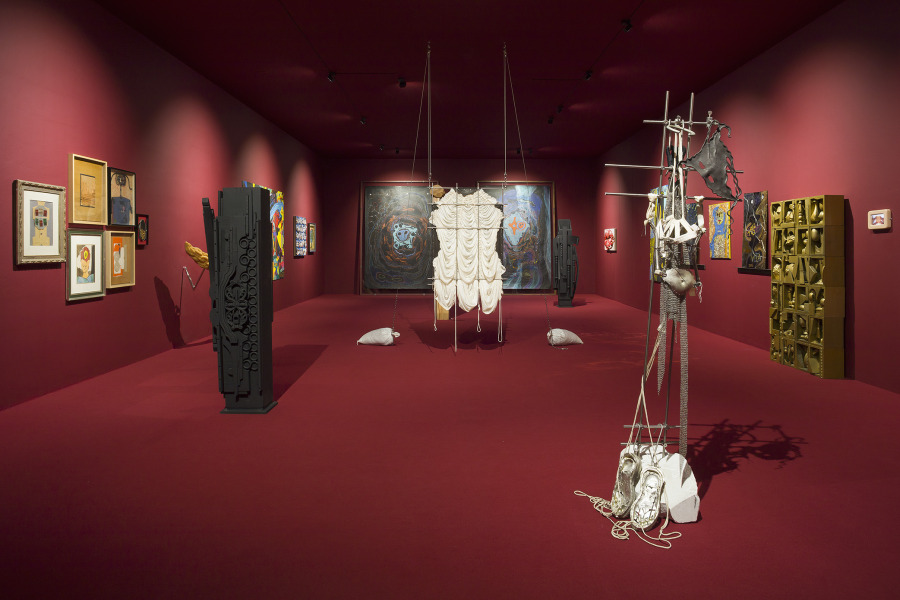
The Magnetic Fields
In 1919 André Breton and Paul Soupault conducted one of the first legendary automatic writing experiments: for whole days and sleepless nights Breton and Soupault wrote texts together, following free associations and random verbal combinations, trying to break free from the control of reason. These free thoughts were collected in the book The Magnetic Fields, which appeared in 1920, a few years before the official birth of Surrealism, consecrated by the 1924 manifesto. The Magnetic Fields can be considered the first literary work based on automatic writing. It contains an uninterrupted flow of texts steeped in images which flow from the unconscious: dreams, hallucinations and deep desires, far from the utilitarian logic of common language, espouse instead a rich and generative narrative of new links with reality.
Now, one hundred years later, The Magnetic Fields exhibition takes its inspiration from this essential surrealist text in order to create a dialogue between different generations of artists who use the representation of the body and its metamorphoses as vehicles for reflecting on issues such as identity and desire.
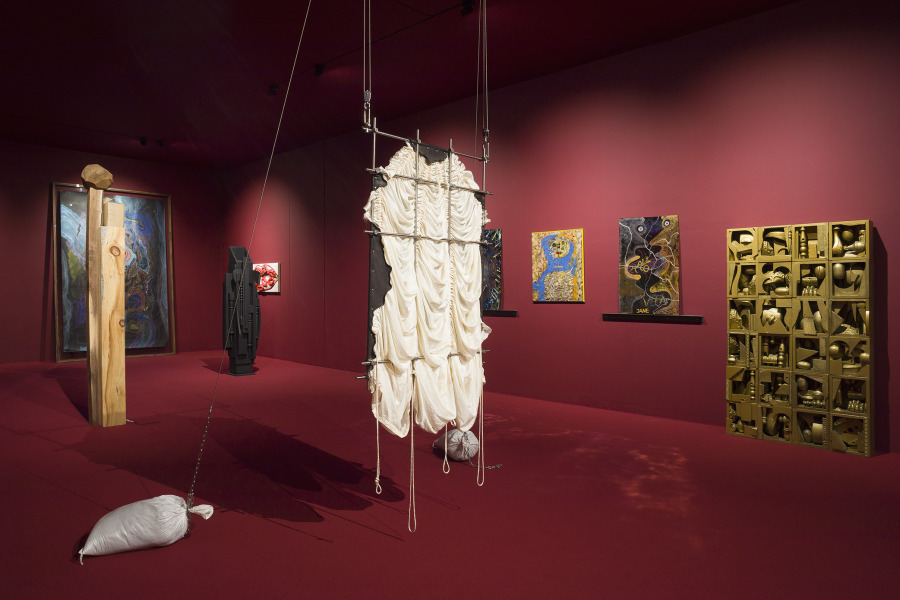
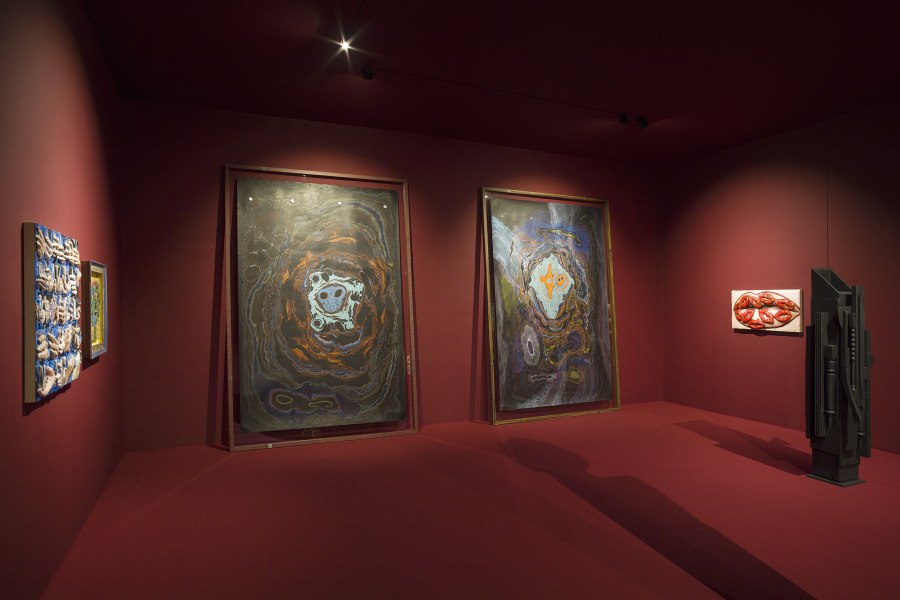
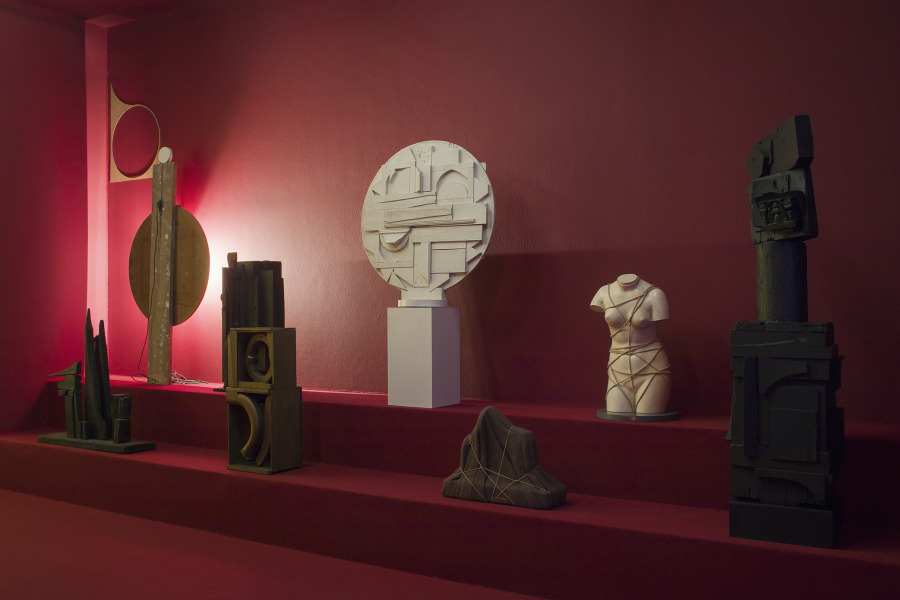
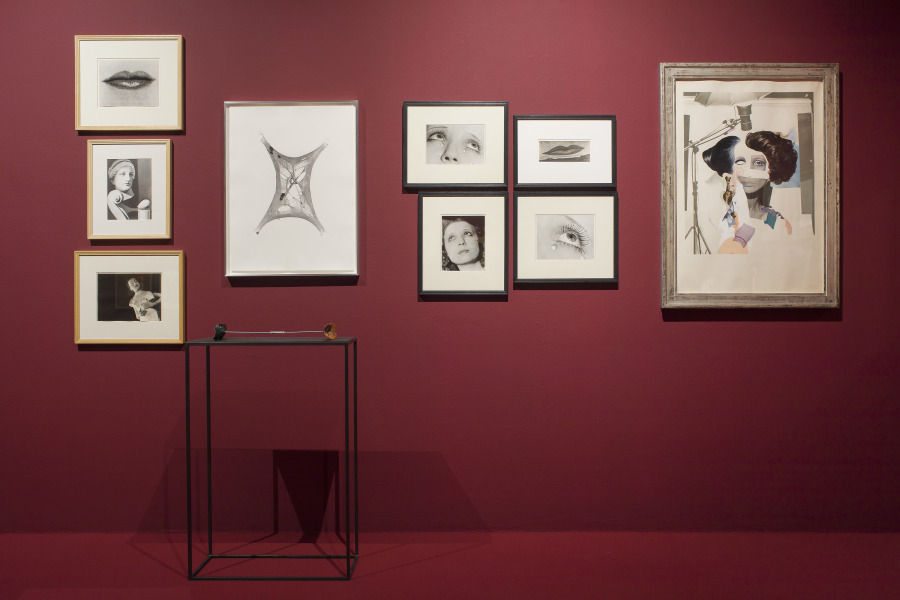
By comparing the work of historic artists such as Man Ray with those of various heirs of surrealist sensibility, such as Enrico Baj, Richard Hamilton and Louise Nevelson, The Magnetic Fields exhibition also introduces the work of various young artists who practise a form of Neo-Surrealism, combining a renewed interest in figuration with darker tendencies or, alternatively, with a joyful sense of wonder and amazement.
Through a closely woven intergenerational dialogue, the exhibition records the forces of attraction and repulsion that interconnect the works of various contemporary and modern artists across the years, linking major figures of the twentieth century with promising young international artists. In this way the exhibition also acts as an intellectual biography of Galleria Marconi, grafting onto the historical legacy of Studio Marconi and Gió Marconi’s tireless search for new talent.
Curated by Cecilia Alemani, the exhibition focuses on the representation of the body – especially the female body– in order to analyse and contrast different notions of sexuality and self-definition. With its array of fetishes and totems, The Magnetic Fields presents a range of fantastical anatomies, in which the body is represented in a constant stream of transformation: dispossessed, dematerialised and recomposed. Installed as a chamber of wonders –or a camera oscura, to mention one of the over twenty important works by Man Ray on display– The Magnetic Fields alternates faces and portraits, anthropomorphic objects and bodies without organs, talismans and mutant dummies.
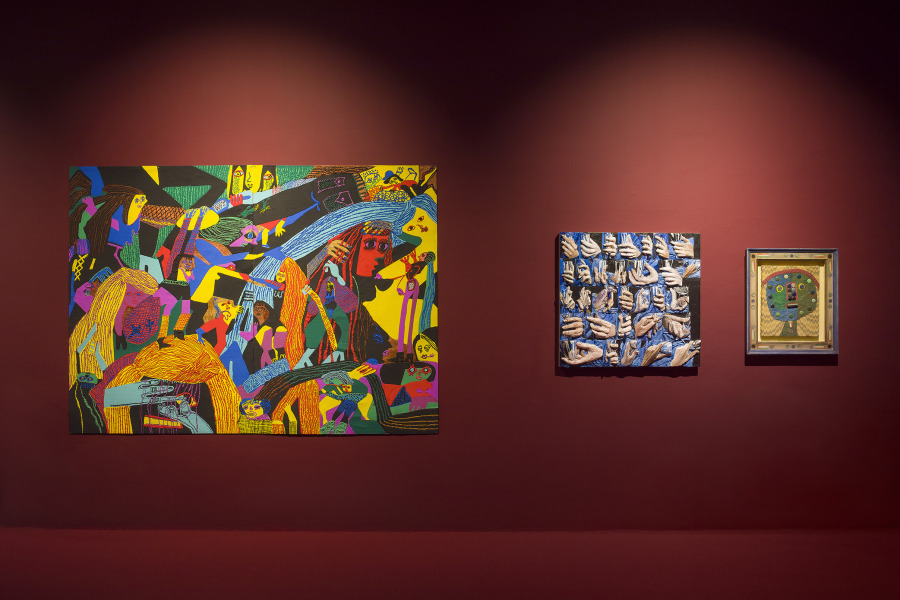
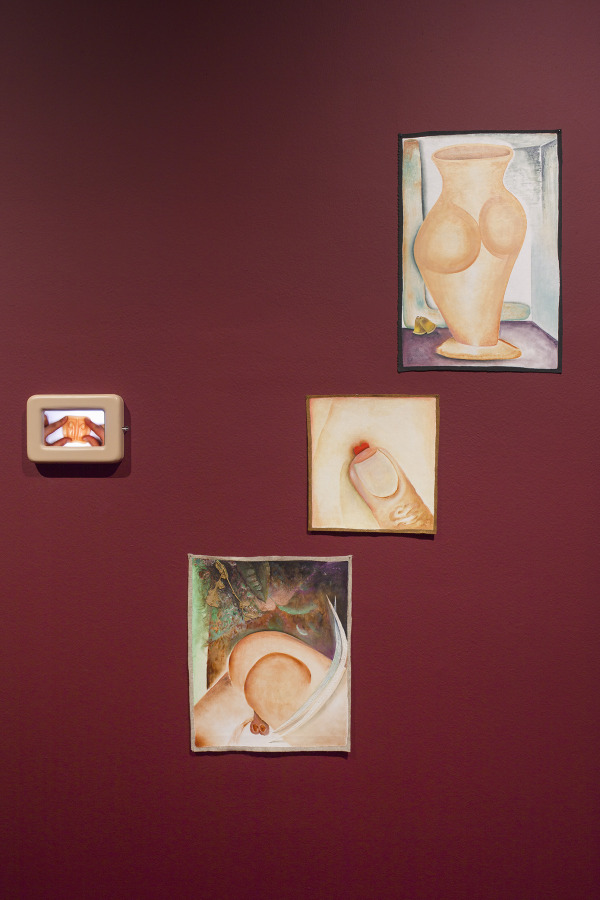
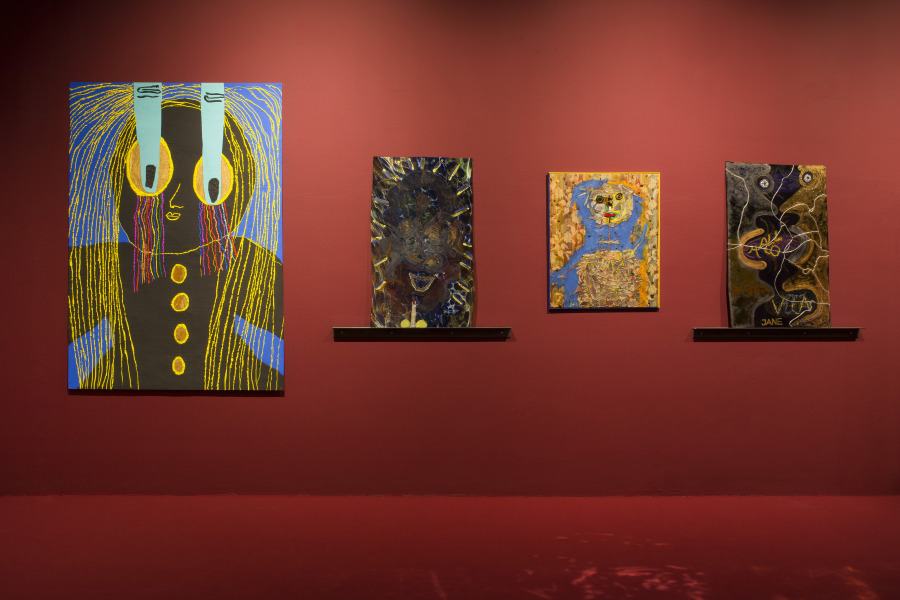
The exhibition opens with a sequence of photographs in which Man Ray portrayed the mannequins that adorned the entrance to the 1938 International Surrealism Exhibition in Paris. A series of works by Louise Nevelson, Man Ray, Virginia Overton and Julia Phillips returns to and amplifies the disturbing atmospheres of Surrealism, combining everyday objects and mysterious metaphysical revelations.
In the main room, transformed into a boudoir, a succession of historical works and new discoveries present a small chamber psychodrama in which the interior diagrams of Kerstin Brätsch are juxtaposed with Enrico Baj‘s bric-a-brac ladies or Nevelson’s stelae. On the other hand, younger artists Hannah Levy, Elaine Cameron-Weir and Julia Phillips compose prostheses for new post-human bodies and other orthopaedic deities, distant relatives of the puppets from the beginning of the century, or the medical instruments that fascinated both Man Ray and Richard Hamilton. The paintings of Gina Beavers, Santiago De Paoli, Emily Mae Smith and Summer Wheat adopt vernacular languages from Pop Art to Outsider Art, portraying fragments of anatomies pulsating with desires, whereas Genesis Belanger’s soft sculptures update Man Ray’s objects of affection in a continuous game of references between past and future under the influence of new forms of attraction between opposites.



THE MAGNETIC FIELDS
Enrico Baj, Gina Beavers, Genesis Belanger, Kerstin Brätsch, Elaine Cameron-Weir, Santiago De Paoli, Richard Hamilton, Hannah Levy, Louise Nevelson, Virginia Overton, Julia Phillips, Man Ray, Emily Mae Smith, Summer Wheat
Curated by Cecilia Alemani
Gió Marconi, via Tadino 20, Milano Italy
May 5, 2019 – July 19, 2019
También te puede interesar
Richard Hamilton, el Profeta del Posmodernismo
La exposición organizada por el Museo Reina Sofía sobre la obra de Richard Hamilton constituye la retrospectiva más completa del artista británico de todas las celebradas hasta la fecha, y es, además, la última exposición en la que...
AFICHES DE COLECCIÓN SE PRESENTAN EN EL CENTRO GABRIELA MISTRAL
El Centro Cultural Gabriela Mistral (GAM), en Santiago de Chile, presenta hasta el 17 de diciembre la muestra colectiva "Afiches de Colección", bajo la curaduría de Hernán Garfias. La exposición consiste en más de...

